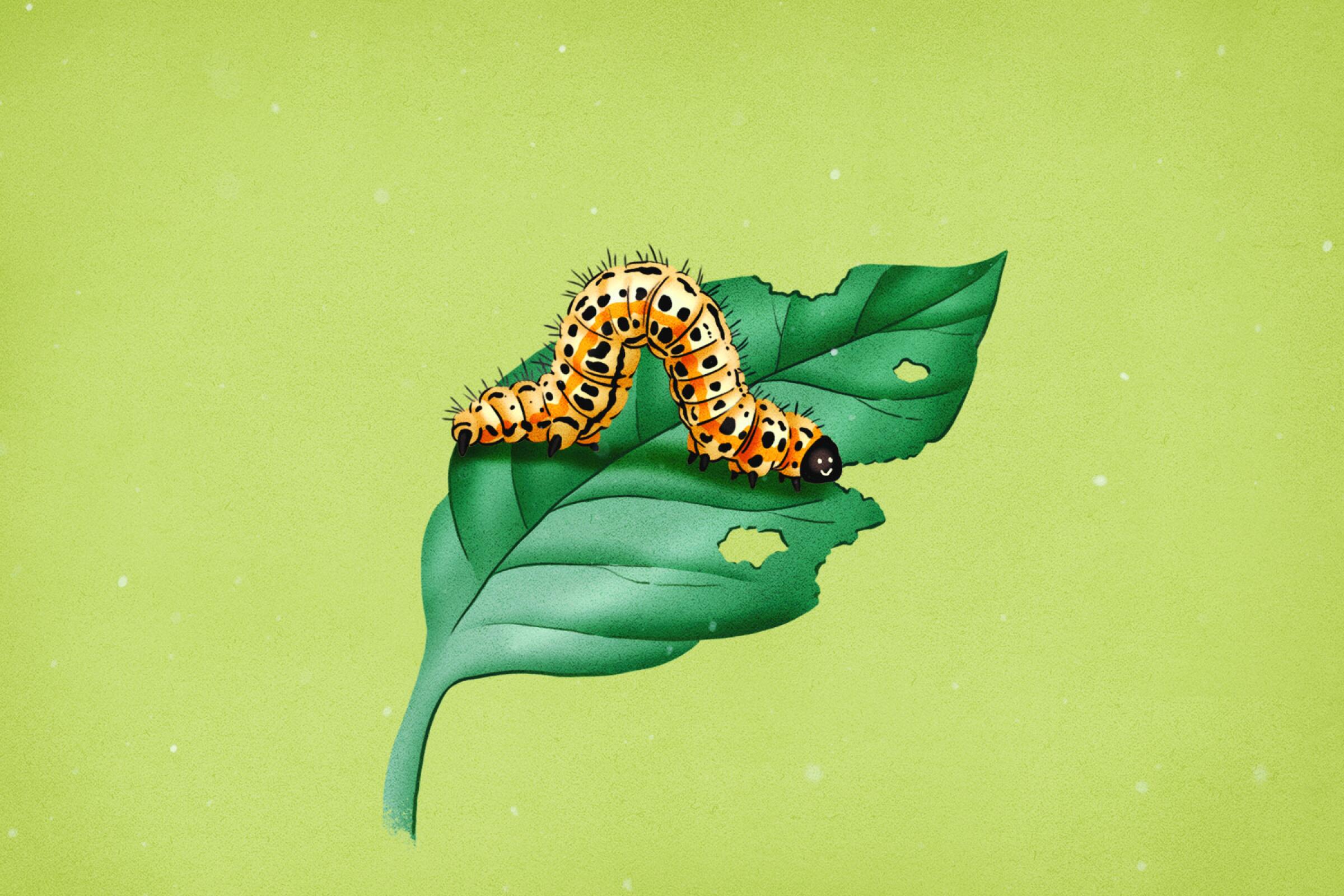Sign up for The Wild
We’ll help you find the best places to hike, bike and run, as well as the perfect silent spots for meditation and yoga.
You may occasionally receive promotional content from the Los Angeles Times.

Plants are like people when it comes to health: They’re much more likely to get sick if they’re stressed and unloved, and that applies to infestations as much as disease.
“Pests will always go for the weak or stressed plant that doesn’t have enough nutrition or water,” said Yvonne Savio, creator of the Gardening in LA blog and the retired coordinator of the UC Cooperative Extension’s Master Gardener program in Los Angeles.
That’s why the best pest control is keeping your plants well-fed and hydrated, she said, with deep watering that pushes their roots deep into cooler ground, a soil that is rich with nutrients and organic matter and a thick mulch that help keep the soil moist.
Healthy plants more easily repel insects and diseases, said professional gardener Lauri Kranz, owner of Edible Gardens LA and co-author of “A Garden Can Be Anywhere.” Kranz and Savio rarely see pests in their gardens, they said, but when they do they act quickly by spraying and, if necessary, pulling out the infested plant without sentiment.
Kranz sometimes uses organic neem oil, made without other ingredients, if water sprays don’t work. Neem oil, made from seeds of the neem tree (Azadirachta indica), is a natural pesticide, but Kranz still uses it sparingly. “Just because it’s organic doesn’t mean it won’t have a ripple effects on bees and butterflies and other beneficial insects,” she said.
If infestations grow too large, Savio and Kranz recommend cutting off the infected branches or in some cases, removing the plant before the problem can spread. Insecticides aren’t an option in their edible gardens and are harmful to the beneficial insects that can combat the baddies. Buying natural predators, such as ladybugs, is rarely effective, Savio said, because the bugs will often just fly away from your garden unless they find a huge source of food when they’re released.
Prevention is the best solution, Kranz and Savio said. Both fill their vegetable gardens with a variety of flowers that naturally attract beneficial insects such as ladybugs, hover flies, parasitic wasps and lace wings, whose larvae happily dine on aphids, caterpillars and other pests. Don’t forget herbs such as fennel, oregano, cilantro (coriander) and dill, whose flowers are attractive to the “good guys.”
One final note: Never put infected leaves or plants into your compost pile, because most home piles never get hot enough to kill the pests. Don’t leave them in the garden for mulch. Strip your garden of all infected leaves and plants and put them in the trash.
Aphids
One of the most common garden pests are aphids, small sap-sucking insects that love to dine on new growth. They come in a variety of colors (often yellow, green or gray) and can quickly cover plants like a bumpy armor.
The defense, Kranz and Savio said, is to check your plants daily and at the first sighting, spray the aphids off the plants using a hose. Once removed, they don’t return, Savio said, but you have to act quickly because aphids multiply rapidly. Aphids are particularly fond of new growth on roses and brassicas (the cruciferous vegetables), such as broccoli and kale.
Powdery mildew
This fungal disease is partial to the cucurbit family (melon, cucumbers and squash) and often appears late in the growing season as white powdery spots on the top of leaves. Eventually the leaves will look as though they’re dusted in flour, then will turn yellow and dry out.
To prevent the disease, look for disease-resistant seedlings and avoid overhead watering and watering late in the day because the water, coupled with the cool night air, encourages mildew.
If you spot the fungus act quickly by cutting off the infected foliage and discarding it, but you can’t cut off too much without harming the plant. Kranz has used neem oil; others find a milk spray of half milk and half water to be helpful, but Kranz said she hasn’t found anything to be completely effective.
Spider mites
Mites, about the size of a period, thrive in hot, dry conditions, sucking the fluids from stressed plants. Mites are hard to spot, so the first evidence of an infestation usually is mottled, spotty leaves, followed by curled, dried-out leaves and a fine webbing around the plant.
The infestations can wax and wane, Savio said. Last year, spider mites struck the tomatoes in her well-watered Pasadena garden. When you first see them, you can try washing them off your plant with a blast from the hose, but Savio is merciless when it comes to this pest. She’ll cut off an infected branch, making sure to put it in a plastic bag and dumping it in the trash and pull out the entire plant if the pests return.
“I will not tolerate them at all in my garden,” she said. “I’ll make one or two attempts (to combat them), but when I see that fine webbing, even if the plant is full of fruit, I take it out completely.”
Sign up for The Wild
We’ll help you find the best places to hike, bike and run, as well as the perfect silent spots for meditation and yoga.
You may occasionally receive promotional content from the Los Angeles Times.